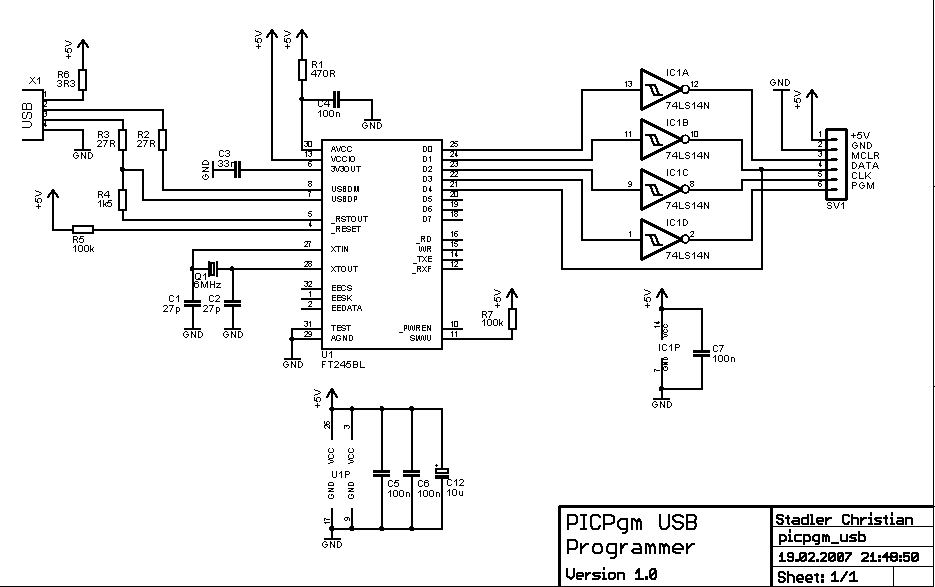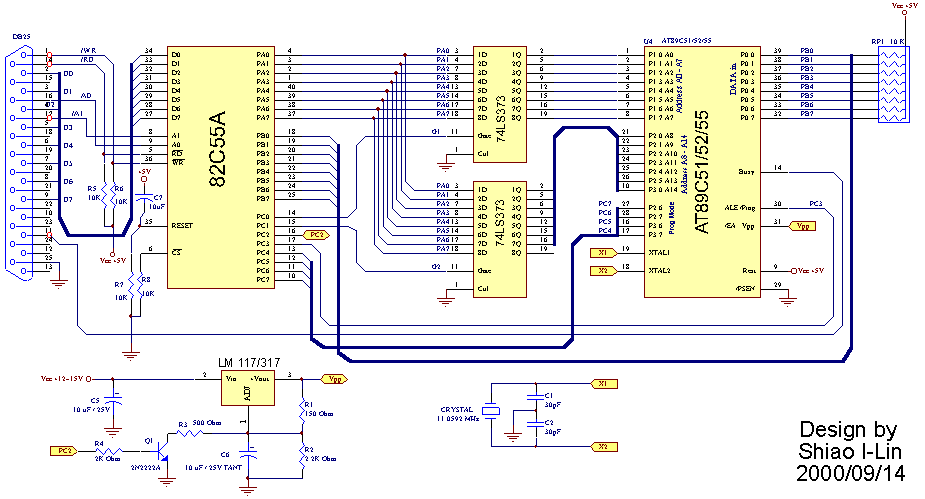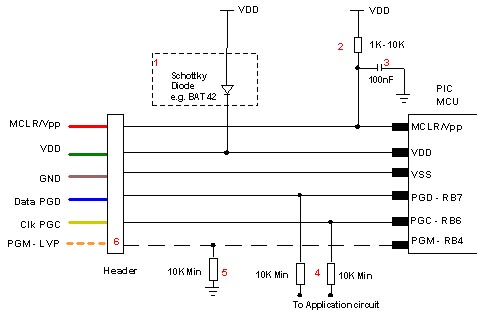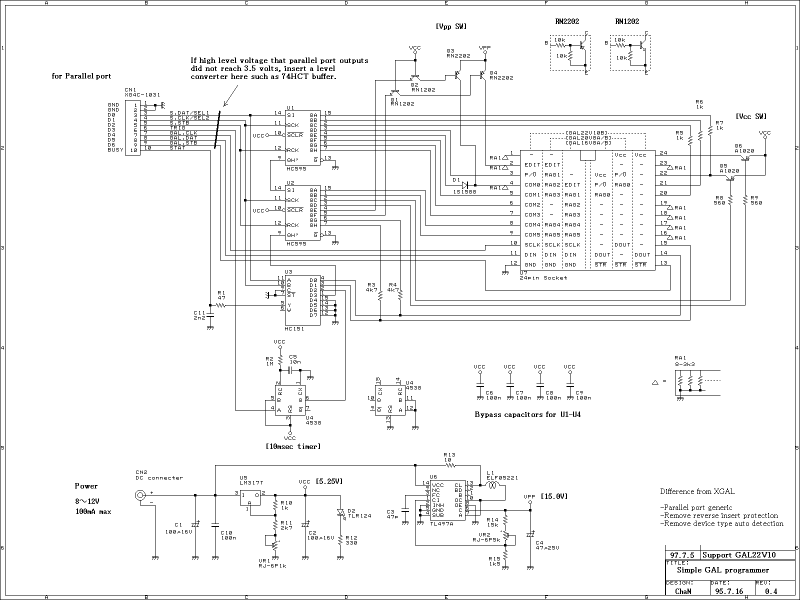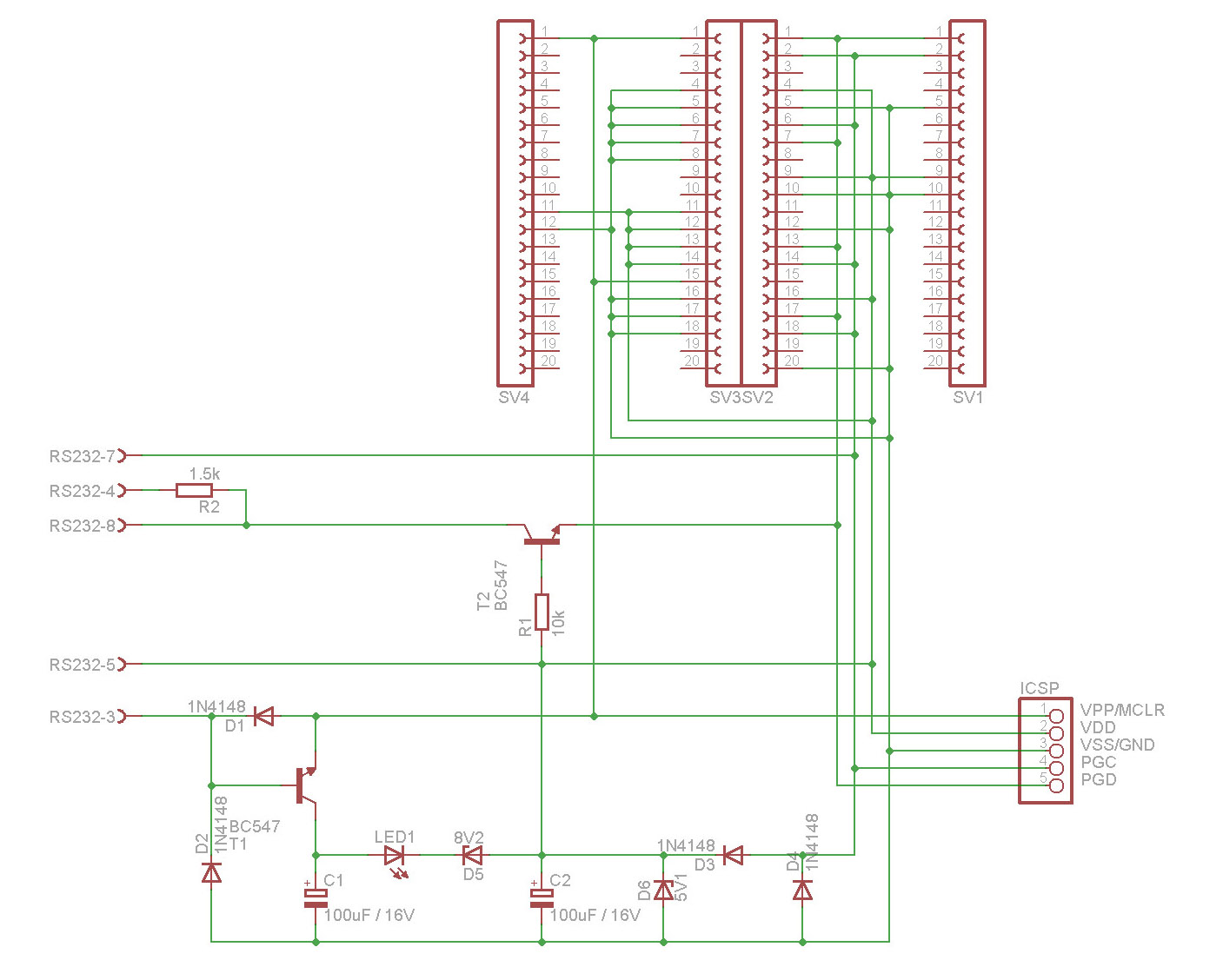
mc programmer
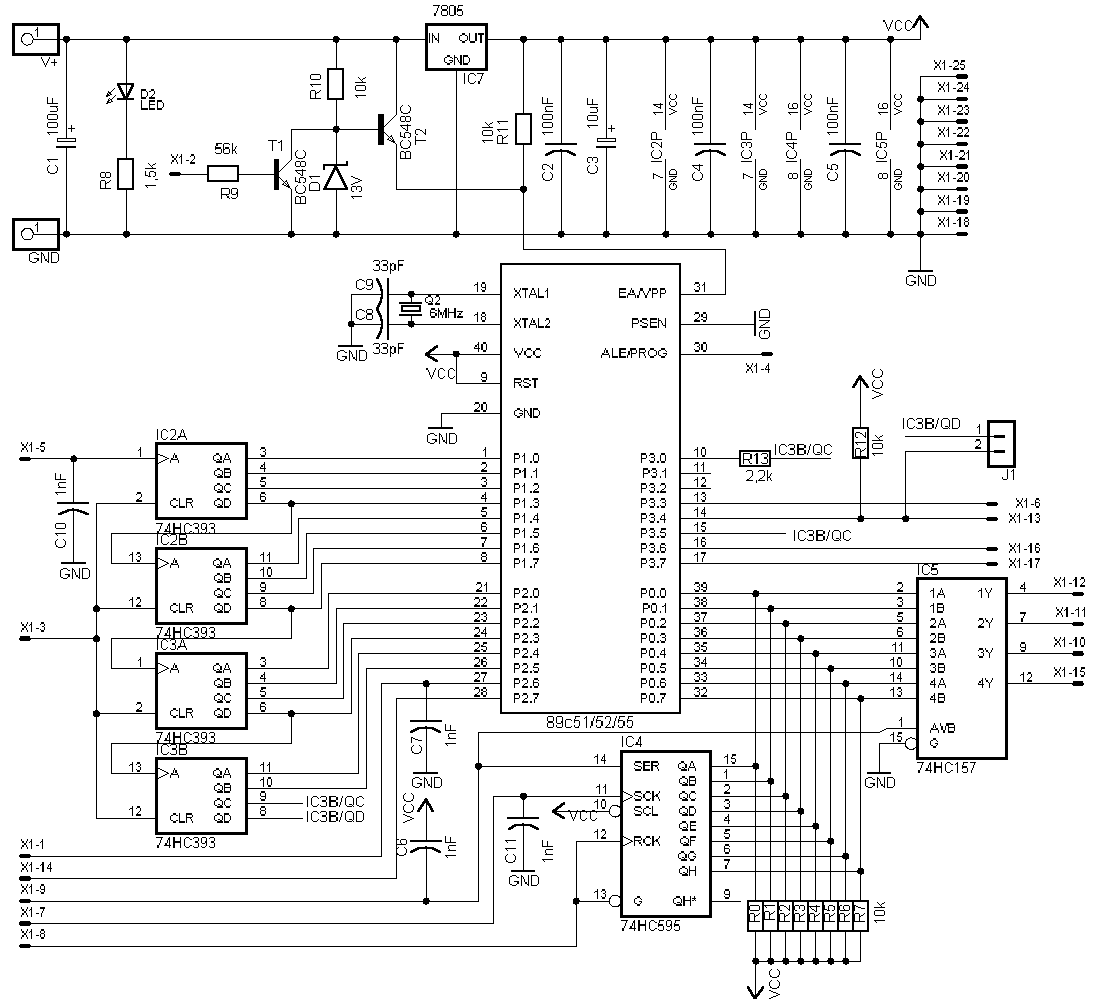
The Flash MC Programmer II is a rapid parallel port programmer designed for various 40-pin 8051 microcontrollers.
The Flash MC Programmer II employs a parallel port interface to facilitate high-speed programming of 40-pin 8051 microcontrollers. This device is particularly advantageous for developers and engineers who require efficient programming solutions for embedded systems. The programmer supports multiple 8051 variants, making it versatile for different applications within the microcontroller family.
Key features of the Flash MC Programmer II include its ability to program microcontrollers quickly, reducing the time required for development cycles. It supports a range of programming modes, including bulk programming and individual chip programming, which enhances its usability in both production and development environments.
The device is equipped with a user-friendly interface that allows for easy setup and operation. It typically includes software that provides a graphical user interface (GUI) for managing programming tasks, monitoring progress, and verifying successful programming. This software often supports various file formats for firmware uploads, ensuring compatibility with different development tools.
In terms of electrical specifications, the programmer operates within standard voltage levels suitable for 8051 microcontrollers, ensuring reliable operation without the risk of damaging the devices being programmed. The connection through the parallel port allows for direct communication with the microcontroller, minimizing latency and maximizing programming speed.
Overall, the Flash MC Programmer II is an essential tool for professionals working with 40-pin 8051 microcontrollers, providing an efficient and effective solution for programming needs in embedded systems development.The Flash MC Programmer II is a fast parallel port programmer for several 40 pin 8051 microcontrollers.. 🔗 External reference
The Flash MC Programmer II employs a parallel port interface to facilitate high-speed programming of 40-pin 8051 microcontrollers. This device is particularly advantageous for developers and engineers who require efficient programming solutions for embedded systems. The programmer supports multiple 8051 variants, making it versatile for different applications within the microcontroller family.
Key features of the Flash MC Programmer II include its ability to program microcontrollers quickly, reducing the time required for development cycles. It supports a range of programming modes, including bulk programming and individual chip programming, which enhances its usability in both production and development environments.
The device is equipped with a user-friendly interface that allows for easy setup and operation. It typically includes software that provides a graphical user interface (GUI) for managing programming tasks, monitoring progress, and verifying successful programming. This software often supports various file formats for firmware uploads, ensuring compatibility with different development tools.
In terms of electrical specifications, the programmer operates within standard voltage levels suitable for 8051 microcontrollers, ensuring reliable operation without the risk of damaging the devices being programmed. The connection through the parallel port allows for direct communication with the microcontroller, minimizing latency and maximizing programming speed.
Overall, the Flash MC Programmer II is an essential tool for professionals working with 40-pin 8051 microcontrollers, providing an efficient and effective solution for programming needs in embedded systems development.The Flash MC Programmer II is a fast parallel port programmer for several 40 pin 8051 microcontrollers.. 🔗 External reference
